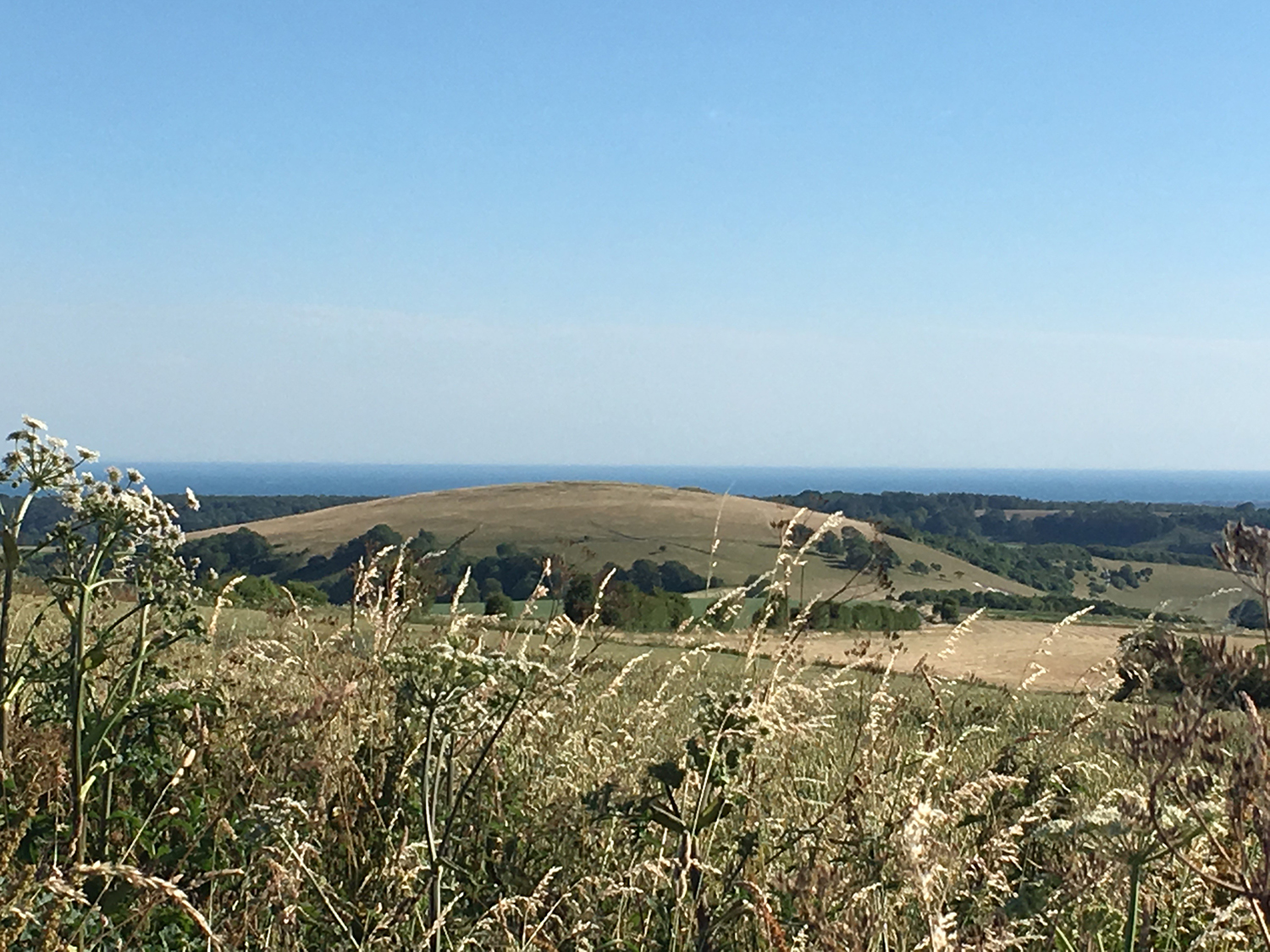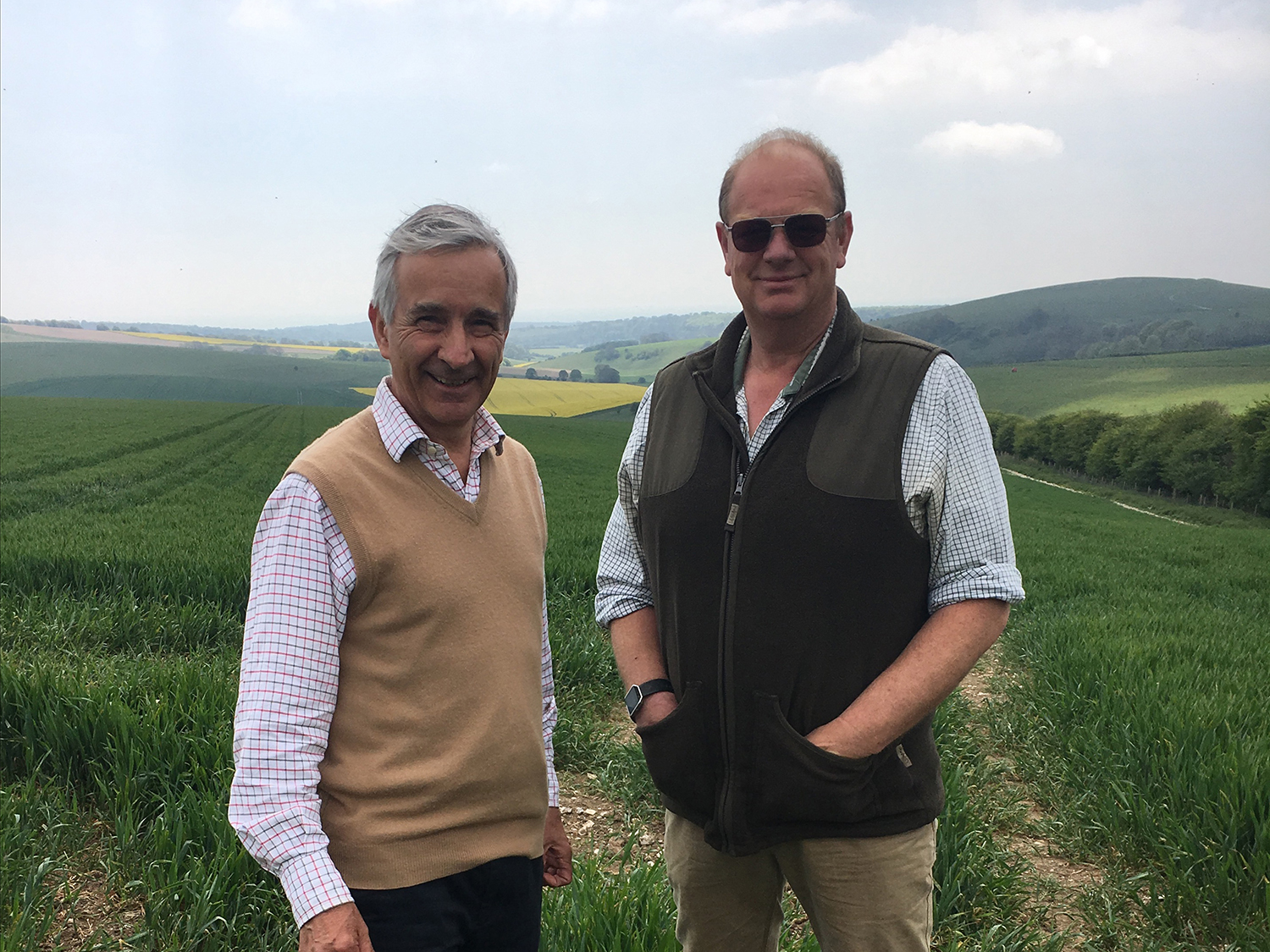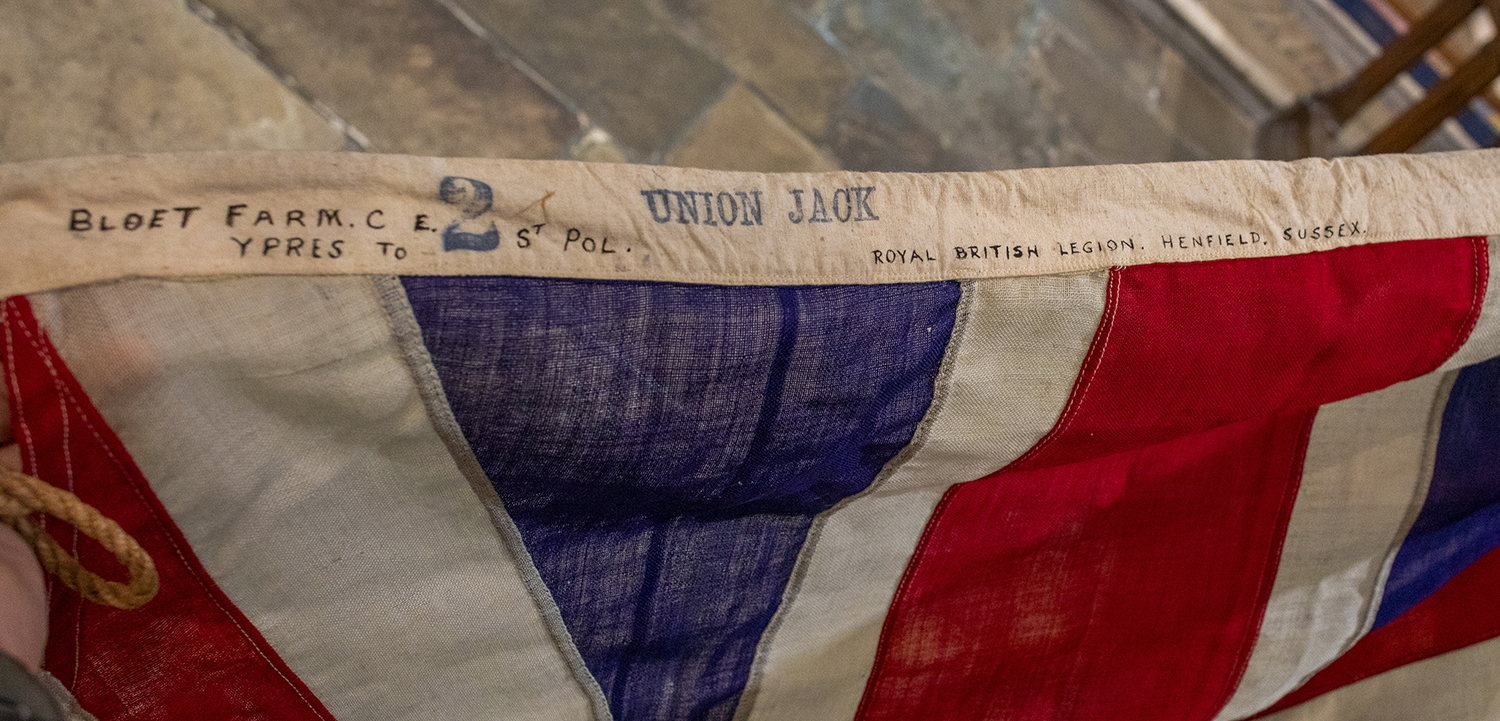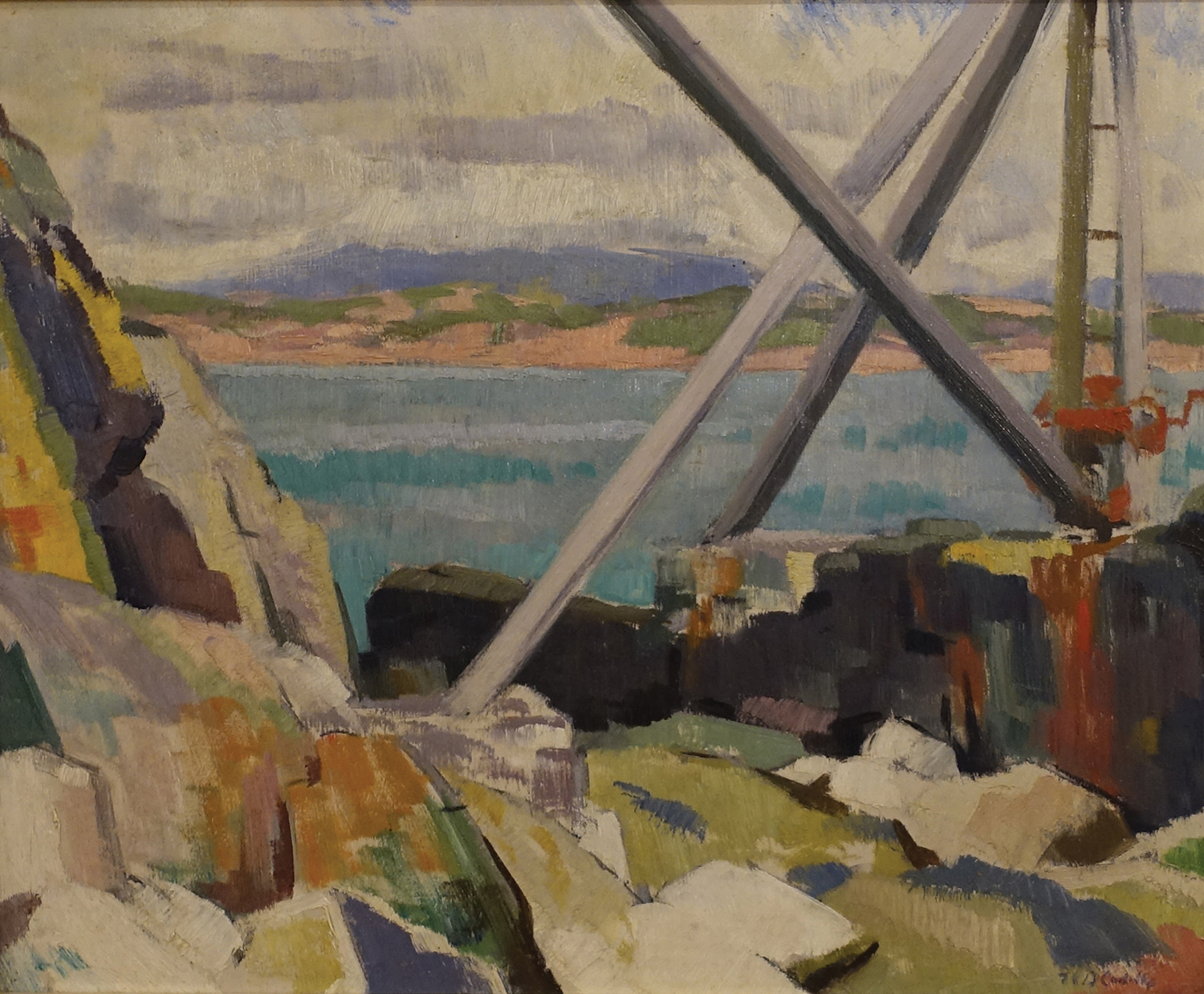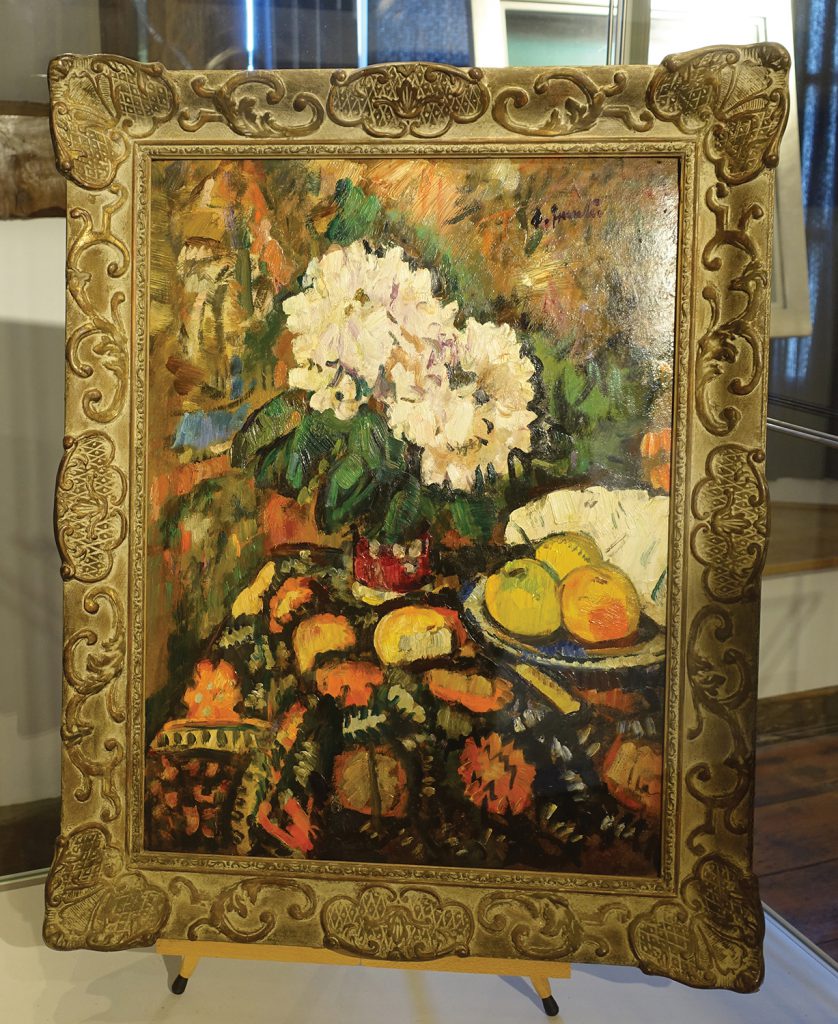
An exceptional Regency mahogany revolving library table, after a design by one of the most famous and important names in English furniture history, Thomas Sheraton, has been entered for sale at Toovey’s Auctioneers by a Sussex collector.
The table bears many of the hallmarks of the manufacturer Gillows of Lancaster who made furniture for the Duke of Norfolk at Arundel.
The table will be auctioned by Toovey’s at their Spring Gardens, Washington salerooms on Friday 8th November 2019 and carries a pre-sale estimate of £20,000-£30,000 (plus B.P.)

